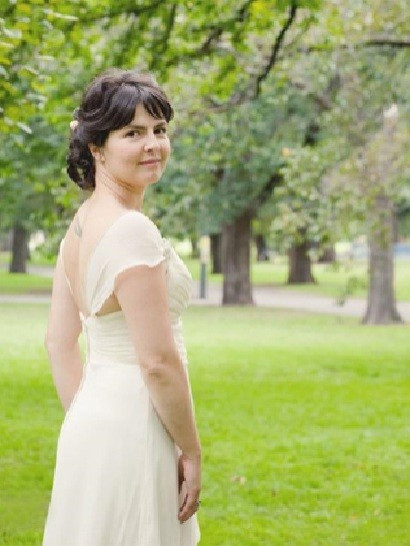Caroline Lovell, Home Birth Advocate, Dies Giving Birth: What Are the Risks?

Caroline Lovell, an Australian photographer and campaigner for home births, passed away Tues., Jan. 23. The 36 year old went into cardiac arrest while at home giving birth to Zahra, her second child. Lovell was taken to the hospital but died the next day.
A private midwife assisted Lovell with the delivery.
Lovell's death has sparked a debate on the risks of home birth. A spokeswoman for Midwives in Private Practice told the Herald Sun that It's very, very rare and it's just impossible to imagine what might have happened. The spokeswoman said it was the first time in her 15 years of working as a midwife that she heard of a maternal death following a home birth.
According to the Sydney Morning Herald, Lovell had written in a 2009 to the Inquiry into Health Legislation Amendment (Midwives and Nurse Practitioners) Bill, that she is quite shocked and ashamed that home birth will no longer be a woman's free choice in low-risk pregnancies.
Home births in the U.S. have been on a rise in recent years, with the Center for Disease Control and Prevention (CDC) recording 29.650 births in 2009. The CDC says that 2009 is the highest recorded number of home births since 1989, when they first began collecting data.
According to the American Pregnancy Association, home births may be an option, if you are healthy and having a low-risk pregnancy.
Home births may be risky for some though. The American Pregnancy Association advises that it is not recommended for women who are diabetic, have chronic high blood pressure, toxemia, or have experienced preterm labor in the past.
Transferring to a hospital is necessary in some cases of home births, and a alternative plan should be written beforehand in case of an emergency. Hemorrhage, cord prolapse, fetal distress, high blood pressure and premature rupture of membranes all require immediate and necessary transfer to a hospital.
© Copyright IBTimes 2024. All rights reserved.






















